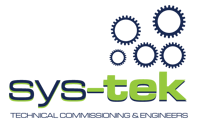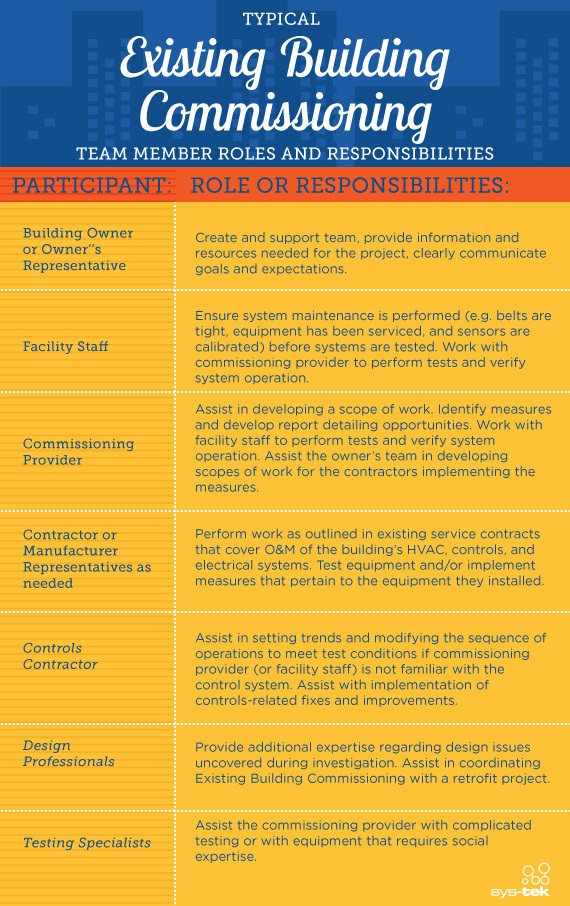Key strategies for Retro-Commissioning success
Oct 02, 2013
During a Retro-Commissioning project, the implementation of certain guidelines and strategies can help result in major overall success for a building and its owners. A successful Retro-Commissioning project can equate to overall energy savings, increased equipment life, and improved occupant comfort, not to mention a better understanding of operations and maintenance procedures by internal building staff.
Here is a list of common key strategies building owners can follow during the course of a Retro-Commissioning project.
- Identify the best building candidates for Retro-Commissioning. An owner of multiple buildings should focus on choosing buildings for the project that have the most opportunity for improvements, consume the highest amount of energy, etc. This strategy can also result in faster payback.
- Develop a list of Retro-Commissioning objectives. A list of well-defined objectives can be used as a guide to help owners, staff, and the provider complete the project efficiently and within the allotted timeframe using a predetermined amount of funds.
- Choose the ideal Retro-Commissioning provider for your building. Some Retro-Commissioning providers have more experience with improving industrial facilities, whereas other providers may be able to provide better insight on how to improve healthcare facilities.
- Designate an in-house champion for the project. An in-house champion has roles similar to a project manager, and will be responsible for communicating details to the facility staff and working with building management to keep the project on task.
- Assign staff members to work directly with the Retro-Commissioning agent. In-house facility staff can help a Retro-Commissioning provider identify areas of opportunity, as well as provide insight and knowledge about certain tasks.
- Develop a list of project deliverables. A list of deliverables can help all parties involved with the project meet deadlines and expectations associated with the project.
- Have a project kick-off meeting with the building staff and Retro-Commissioning provider. A kick-off meeting can serve as a formal project launch and provides involved parties with an open forum in which concerns, goals, and processes can be discussed.
- Understand the building owner’s operating requirements. Being familiar with a building’s operating requirements can help providers and staff make sure that critical operating requirements are not disturbed or affected during the Retro-Commissioning phase.
- Perform key operations and maintenance tasks prior to inspection. Staying on top of maintenance and routine operations, especially before an investigation, can help a provider best understand where major opportunities lie in regards to systems and equipment.
- Review the Findings Log with the provider. The Findings Log will contain a list of opportunities that can be involved in the decision-making process between the provider and the building owner.
- Choose and develop an implementation plan. Building owners should take the time to determine whether they want a Retro-Commissioning provider to take on the entire project solo or involve building staff in the project, then develop a plan that outlines roles, responsibilities, and scope of work.
- Discuss the Final Report during a project close-out meeting. A Final Report contains details about the project’s accomplishments and deliverables, and can be reviewed among all parties during a project close-out meeting.
- Develop long-term maintenance strategies. In order for Retro-Commissioning to result in long-term savings and energy efficiency, building staff will be required to follow up and maintain systems and equipment on a regular, consistent basis.
sys-tek has been providing Retro-Commissioning services to buildings in the Kansas City region for over 18 years. Contact sys-tek today to learn more about how we can improve your current operations and help your building save thousands per year on energy.








